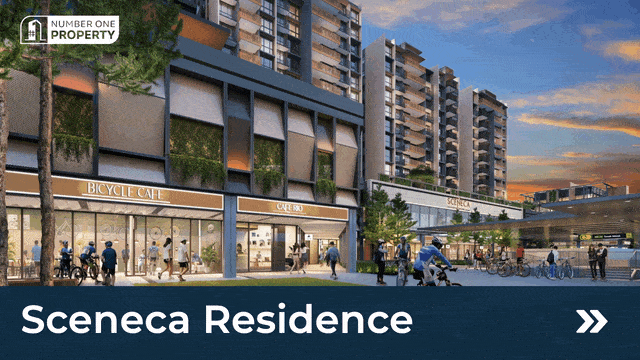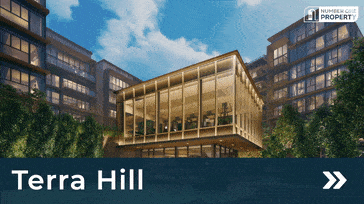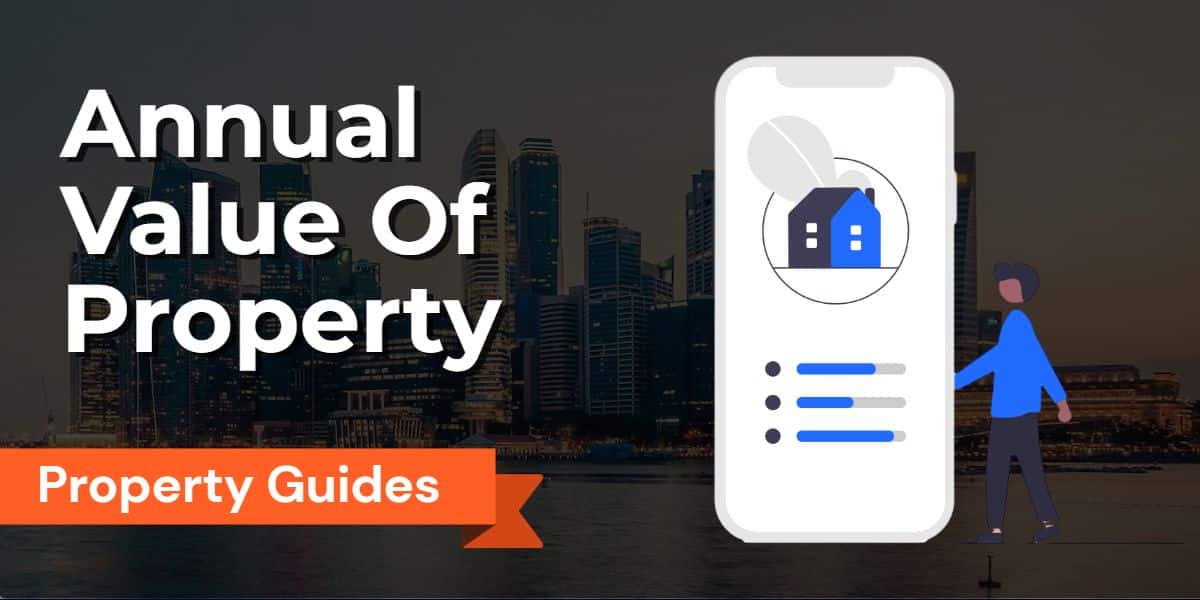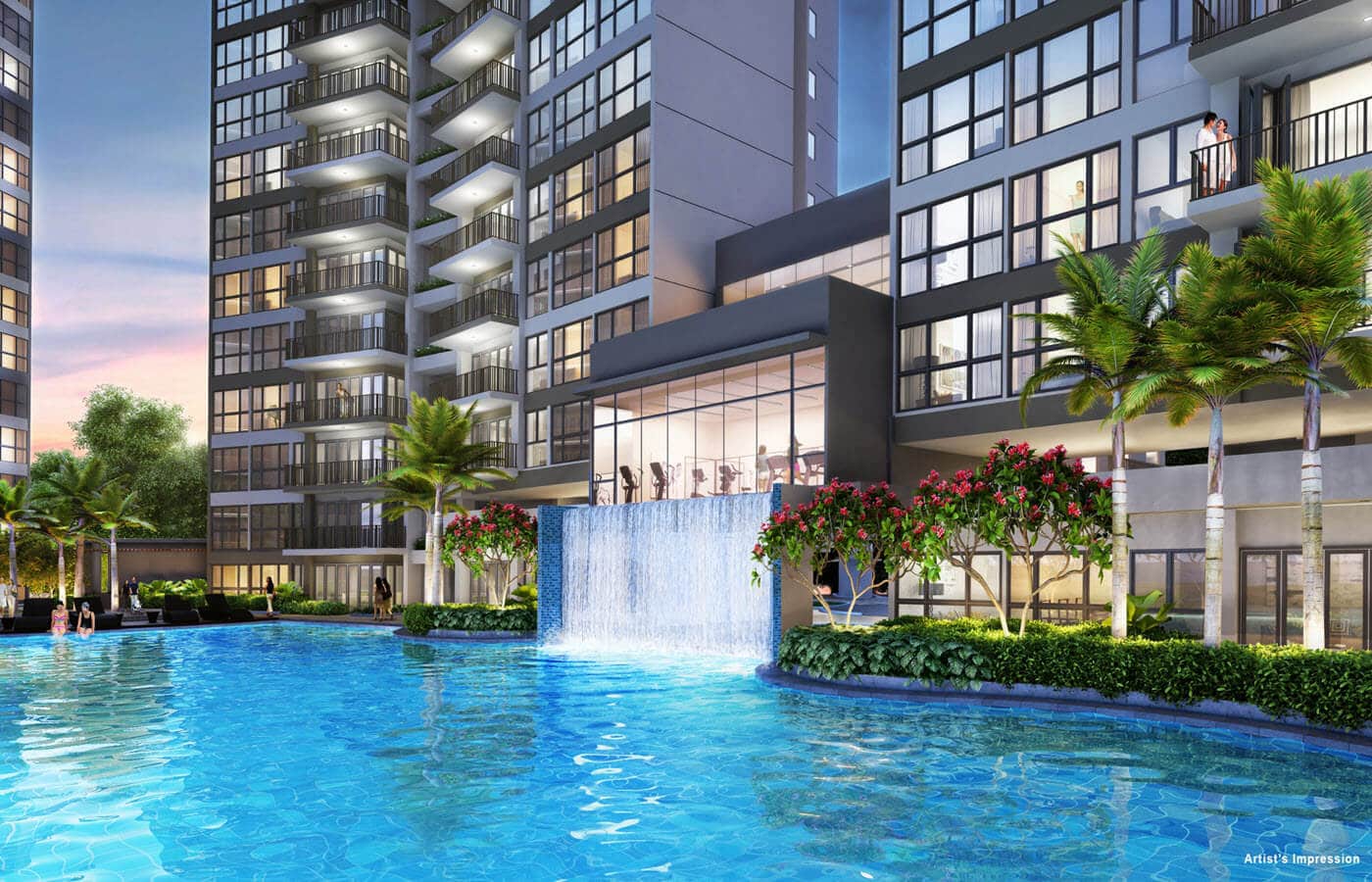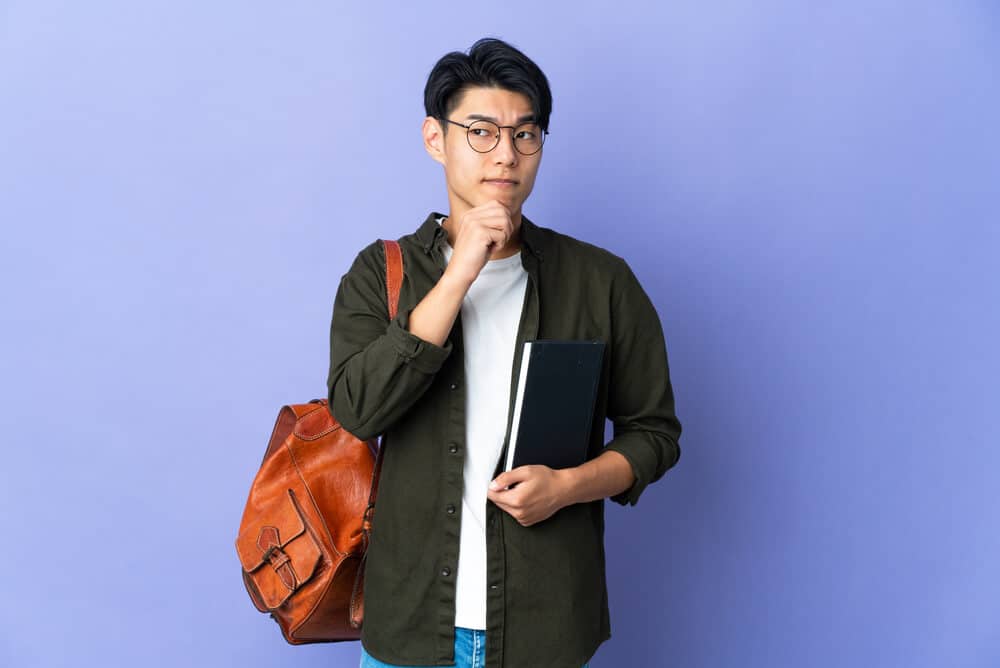
Integrated Programmes (IP) Secondary School Ranking
| No. | School | PSLE Score Range for 2022 |
|---|---|---|
| 1 | Methodist Girls’ School (Secondary) (IP) | 4-6 |
| 2 | Raffles Girls’ School (Secondary) | 4-6 |
| 3 | Raffles Institution (Secondary) | 4-6 |
| 4 | Anglo-Chinese School (Independent) | 4-7 |
| 5 | CHIJ St. Nicholas Girls’ School (IP) | 4(D) – 7(M) |
| 6 | Hwa Chong Institution | 4(D) – 7(M) |
| 7 | Nanyang Girls’ High School | 4(D) – 7(D) |
| 8 | National Junior College | 4-7 |
| 9 | Catholic High School (IP) | 4 – 8(M) |
| 10 | Cedar Girls’ Secondary School (IP) | 4-8 |
| 11 | Dunman High School (IP) | 5(D) – 8(M) |
| 12 | Singapore Chinese Girls’ School (IP) | 5-8 |
| 13 | St. Joseph’s Institution (IP) | 4-8 |
| 14 | Victoria School (IP) | 5-8 |
| 15 | River Valley High School (IP) | 4(M) – 9(M) |
| 16 | Temasek Junior College (IP) | 5-9 |
Express/Normal Secondary School Ranking
| No. | School | Express | Normal (Academic) | Normal (Technical) |
|---|---|---|---|---|
| 1 | Anglo-Chinese School (Independent) | 7-8 | 2 | |
| 2 | CHIJ St. Nicholas Girls’ School | 5-8 | ||
| 3 | Methodist Girls’ School (Secondary) | 6-8 | ||
| 4 | Singapore Chinese Girls’ School | 5-8 | ||
| 5 | Catholic High School | 7(D)-9(M) | ||
| 6 | Cedar Girls’ Secondary School | 5-9 | ||
| 7 | Anderson Secondary School | 5-10 | 21-22 | 25-26 |
| 8 | Anglo-Chinese School (Barker Road) | 7-10 | 21-21 | 25-28 |
| 9 | Fairfield Methodist School (Secondary) | 8-10 | 21-21 | 25-26 |
| 10 | Kuo Chuan Presbyterian Secondary School | 8-10 | 21-23 | 26-30* |
| 11 | St. Andrew’s Secondary School | 9-10 | 21-22 | 25-27 |
| 12 | St. Joseph’s Institution | 7-10 | ||
| 13 | Victoria School | 7-10 | ||
| 14 | CHIJ Secondary (Toa Payoh) | 7-11 | 21-22 | 25-27 |
| 15 | Chung Cheng High School (Main) | 6(M)-11(M) | ||
| 16 | Nan Hua High School | 6(D)-11 | ||
| 17 | Swiss Cottage Secondary School | 6-11 | 21-22 | 25-26 |
| 18 | Bukit Panjang Govt. High School | 5-12 | 21-22 | 25-26 |
| 19 | Crescent Girls’ School | 6-12 | ||
| 20 | Nan Chiau High School SAP | 5(D)-12 | ||
| 21 | Chung Cheng High School (Yishun) | 4-13 | 21-22 | 25-27 |
| 22 | Ngee Ann Secondary School | 6-13 | 21-21 | 25-26 |
| 23 | Paya Lebar Methodist Girls’ School (Secondary) | 9-13 | 21-23 | 25-30* |
| 24 | Temasek Secondary School | 6-13 | 21-22 | 25-26 |
| 25 | Yishun Town Secondary School | 8-13 | 21-22 | 25-27 |
| 26 | Anglican High School | 6(M)-14(P) | ||
| 27 | CHIJ St. Joseph’s Convent | 9-14 | 21-22 | 25-26 |
| 28 | Clementi Town Secondary School | 10-14 | 21-23 | 25-27 |
| 29 | Fuhua Secondary School | 5-14 | 21-23 | 25-28 |
| 30 | Maris Stella High School | 8(P)-14(P) | ||
| 31 | Presbyterian High School | 8-14 | 21-23 | 25-28 |
| 32 | St. Margaret’s Secondary School | 6-14 | 21-22 | 25-30* |
| 33 | Tanjong Katong Girls’ School | 8-14 | ||
| 34 | Tanjong Katong Secondary School | 9-14 | ||
| 35 | St. Patrick’s School | 21-23 | 25-26 | |
| 36 | Zhonghua Secondary School | 6-14 | 21-23 | 25-28 |
| 37 | CHIJ St. Theresa’s Convent | 11-15 | 21-23 | 25-30* |
| 38 | Commonwealth Secondary School | 8-15 | 21-23 | 25-27 |
| 39 | Dunman Secondary School | 10-15 | 21-23 | 25-27 |
| 40 | Edgefield Secondary School | 6-15 | 21-22 | 25-27 |
| 41 | Geylang Methodist School (Secondary) | 9-15 | 21-23 | 25-26 |
| 42 | Holy Innocents’ High School | 10-15 | 21-23 | 25-27 |
| 43 | Kranji Secondary School | 10-15 | 21-23 | 25-27 |
| 44 | Riverside Secondary School | 7-15 | 21-23 | 25-28 |
| 45 | St. Hilda’s Secondary School | 12-15 | 21-23 | 25-28 |
| 46 | Bowen Secondary School | 11-17 | 21-23 | 25-28 |
| 47 | Bukit Batok Secondary School | 12-16 | 21-24 | 25-28 |
| 48 | CHIJ Katong Convent | 12-16 | 21-24 | 25-30* |
| 49 | Evergreen Secondary School | 10-16 | 21-23 | 25-30* |
| 50 | Gan Eng Seng School | 9-16 | 21-24 | 25-27 |
| 51 | Hua Yi Secondary School | 10-16 | 21-23 | 25-26 |
| 52 | Jurong Secondary School | 7-16 | 21-24 | 25-28 |
| 53 | St. Anthony’s Canossian Secondary School | 12-16 | 21-24 | 25-30* |
| 54 | Xinmin Secondary School | 8-16 | 21-23 | 25-27 |
| 55 | Yusof Ishak Secondary School | 9-16 | 21-22 | 25-26 |
| 56 | Ahmad Ibrahim Secondary School | 12-17 | 21-24 | 25-28 |
| 57 | Pei Hwa Secondary School | 9-17 | 21-23 | 25-26 |
| 58 | West Spring Secondary School | 8-17 | 21-23 | 25-27 |
| 59 | Ang Mo Kio Secondary School | 7-18 | 21-24 | 25-28 |
| 60 | Beatty Secondary School | 11-18 | 21-24 | 25-28 |
| 61 | Bedok View Secondary School | 13-18 | 21-25 | 26-30* |
| 62 | Deyi Secondary School | 11-18 | 21-25 | 26-30* |
| 63 | Greendale Secondary School | 11-18 | 21-23 | 25-27 |
| 64 | Hai Sing Catholic School | 8-18 | 21-24 | 25-28 |
| 65 | Jurong West Secondary School | 9-18 | 21-24 | 25-27 |
| 66 | Mayflower Secondary School | 14-18 | 21-24 | 25-30* |
| 67 | Queensway Secondary School | 12-18 | 21-24 | 25-27 |
| 68 | St. Gabriel’s Secondary School | 11-18 | 21-24 | 26-29 |
| 69 | Bukit View Secondary School | 13-19 | 21-25 | 25-30* |
| 70 | Christ Church Secondary School | 12-18 | 21-24 | 25-30* |
| 71 | Compassvale Secondary School | 15-19 | 21-24 | 25-27 |
| 72 | Hillgrove Secondary School | 13-19 | 21-25 | 25-28 |
| 73 | Kent Ridge Secondary School | 12-19 | 21-24 | 25-28 |
| 74 | North Vista Secondary Schoo | 13-19 | 21-24 | 25-28 |
| 75 | Orchid Park Secondary School | 14-19 | 21-24 | 25-27 |
| 76 | Pasir Ris Crest Secondary School | 14-19 | 21-24 | 25-28 |
| 77 | Pasir Ris Secondary School | 13-19 | 21-24 | 26-28 |
| 78 | Yuan Ching Secondary School | 14-19 | 21-25 | 26-29 |
| 79 | Bedok Green Secondary School | 15-20 | 21-25 | 25-27 |
| 80 | Bedok South Secondary School | 15-20 | 21-25 | 25-28 |
| 81 | Jurongville Secondary School | 16-20 | 22-25 | 25-28 |
| 82 | Naval Base Secondary School | 13-20 | 22-24 | 25-28 |
| 83 | New Town Secondary School | 15-20 | 21-25 | 26-30* |
| 84 | Peirce Secondary School | 11-20 | 22-25 | 25-30* |
| 85 | Punggol Secondary School | 15-20 | 21-24 | 25-27 |
| 86 | Seng Kang Secondary School | 13-20 | 21-24 | 25-28 |
| 87 | Tampines Secondary School | 10-20 | 21-24 | 25-28 |
| 88 | Unity Secondary School | 12-20 | 22-24 | 25-28 |
| 89 | Woodgrove Secondary School | 13-20 | 21-24 | 25-28 |
| 90 | Yishun Secondary School | 15-20 | 21-24 | 25-28 |
| 91 | Zhenghua Secondary School | 10-20 | 21-24 | 25-27 |
| 92 | Admiralty Secondary School | 14-21 | 22-25 | 25-28 |
| 93 | Chua Chu Kang Secondary School | 15-21 | 21-25 | 26-28 |
| 94 | Montfort Secondary School | 15-21 | 22-25 | 26-29 |
| 96 | Woodlands Ring Secondary School | 15-21 | 21-25 | 25-30* |
| 97 | Assumption English School | 14-22 | 21-25 | 25-30* |
| 98 | Bartley Secondary School | 14-22 | 21-25 | 25-29 |
| 99 | Bendemeer Secondary School | 5-22 | 23-25 | 25-29 |
| 100 | Boon Lay Secondary School | 14-22 | 21-25 | 25-30* |
| 101 | Broadrick Secondary School | 7-22 | 22-25 | 26-30* |
| 102 | Bukit Merah Secondary School | 12-22 | 22-25 | 26-28 |
| 103 | Canberra Secondary School | 12-22 | 22-25 | 25-30* |
| 104 | Changkat Changi Secondary School | 15-22 | 22-25 | 26-30* |
| 105 | Damai Secondary School | 6-22 | 21-25 | 25-30* |
| 106 | Dunearn Secondary School | 13-22 | 22-25 | 26-30* |
| 107 | East Spring Secondary School | 12-22 | 21-25 | 26-28 |
| 110 | Greenridge Secondary School | 4-22 | 22-25 | 25-28 |
| 111 | Guangyang Secondary School | 12-22 | 22-25 | 26-30* |
| 112 | Hougang Secondary School | 10-22 | 21-24 | 25-30* |
| 113 | Junyuan Secondary School | 13-22 | 21-25 | 25-28 |
| 114 | Juying Secondary School | 11-22 | 21-25 | 25-30* |
| 115 | Loyang View Secondary School | 6-22 | 21-25 | 26-30* |
| 116 | Manjusri Secondary School | 8-22 | 21-25 | 26-30* |
| 117 | Marsiling Secondary School | 9-22 | 21-25 | 26-30* |
| 118 | Meridian Secondary School | 15-22 | 21-24 | 25-28 |
| 119 | Northbrooks Secondary School | 14-22 | 21-25 | 25-27 |
| 120 | Northland Secondary School | 6-22 | 22-25 | 26-28 |
| 121 | Outram Secondary School | 10-22 | 22-25 | 26-30* |
| 122 | Peicai Secondary School | 13-22 | 23-25 | 26-30* |
| 124 | Queenstown Secondary School | 6-22 | 21-25 | 26-28 |
| 125 | Regent Secondary School | 8-22 | 22-25 | 26-30* |
| 126 | Sembawang Secondary School | 9-22 | 23-25 | 25-30* |
| 127 | Serangoon Garden Secondary School | 10-22 | 23-25 | 26-29 |
| 128 | Serangoon Secondary School | 14-22 | 22-24 | 25-28 |
| 129 | Springfield Secondary School | 14-22 | 22-25 | 26-30* |
| 130 | Westwood Secondary School | 13-22 | 22-25 | 26-30* |
| 131 | Whitley Secondary School | 8-22 | 23-25 | 26-30* |
| 132 | Woodlands Secondary School | 11-22 | 21-25 | 25-30* |
| 133 | Yio Chu Kang Secondary School | 13-22 | 23-25 | 25-30* |
| 134 | Yuhua Secondary School | 15-22 | 21-25 | 26-30* |
| 135 | Yuying Secondary School | 12-22 | 23-25 | 26-29 |
Schools with Affiliation
| School | Express | Normal (Academic) | Normal (Technical) | |
|---|---|---|---|---|
| 1 | Nanyang Girls’ High School | 4(D)-8(M) | ||
| 2 | Catholic High School | 8(M)-12 | ||
| 3 | St. Joseph’s Institution | 8-12 | ||
| 4 | Anglo-Chinese School (Independent) | 7-13 | ||
| 5 | CHIJ St. Nicholas Girls’ School | 7(M)-14 | ||
| 6 | Maris Stella High School | 8-16 | ||
| 7 | Ngee Ann Secondary School | 10-16 | 21-25 | 26-28 |
| 8 | Methodist Girls’ School (Secondary) | 7-17 | ||
| 9 | Singapore Chinese Girls’ School | 8-17 | ||
| 10 | CHIJ Katong Convent | 11-20 | 21-25 | 26-27 |
| 11 | CHIJ Secondary (Toa Payoh) | 7-20 | 21-25 | 25-28 |
| 12 | CHIJ St. Joseph’s Convent | 8-20 | 21-25 | 25-28 |
| 13 | CHIJ St. Theresa’s Convent | 10-20 | 21-25 | 26-29 |
| 14 | Fairfield Methodist School (Secondary) | 8-20 | 21-24 | 25-28 |
| 15 | Kuo Chuan Presbyterian Secondary School | 10-20 | 21-25 | 26-28 |
| 16 | Paya Lebar Methodist Girls’ School (Secondary) | 5-20 | 21-25 | 26-28 |
| 17 | St. Margaret’s Secondary School | 9-20 | 21-25 | 26-29 |
| 18 | Geylang Methodist School (Secondary) | 13-21 | 22-25 | 25-28 |
| 19 | Anglo-Chinese School (Barker Road) | 11-22 | 21-25 | 25-27 |
| 20 | Holy Innocents’ High School | 7-22 | 22-25 | 26-28 |
| 21 | Manjusri Secondary School | 17-22 | 23-25 | 27-28 |
| 22 | Montfort Secondary School | 14-22 | 23-25 | 26-26 |
| 23 | St. Andrew’s Secondary School | 8-22 | 21-25 | 25-29 |
| 24 | St. Anthony’s Canossian Secondary School | 11-22 | 21-25 | 26-28 |
| 25 | St. Gabriel’s Secondary School | 14-22 | 22-25 | 26-29 |
| 26 | St. Hilda’s Secondary School | 12-22 | 22-25 | 26-28 |
| 27 | St. Patrick’s School | 13-20 | 21-25 | 25-29 |
Key Changes
About Achievement Levels (ALs)
The PSLE T-score will be replaced with Achievement Levels (ALs), which offer wider scoring bands.
Every PSLE subject will be scored using 8 ALs from AL1 to AL8, with 1 being the best.
| AL | Raw Mark Range |
|---|---|
| 1 | ≥ 90 |
| 2 | 85 – 89 |
| 3 | 80 – 84 |
| 4 | 75 – 79 |
| 5 | 65 – 74 |
| 6 | 45 – 64 |
| 7 | 20 – 44 |
| 8 | < 20 |
Are you ready to embark on a transformative educational journey?
Secondary education in Singapore holds the key to your future success.
It builds upon the foundation laid in primary school, nurturing your intellectual, emotional, and social growth.
Discover how secondary education equips you with the skills and knowledge to excel in higher education and the workforce.
Join us as we delve into the significance of attending top secondary schools, explore the factors to consider when choosing the right school, and uncover unique educational options that can shape your path to greatness.
Get ready to unlock your full potential and embrace the possibilities ahead!
Key Takeaways
| Topic | Key Takeaways |
|---|---|
| Significance of secondary education in Singapore | – Secondary education in Singapore is essential for students’ future success |
| – It builds on the foundation established in primary school and helps students grow intellectually, emotionally, and socially | |
| Preparation for the future | – Secondary education equips students with knowledge and skills for higher education and the workforce |
| – It teaches critical thinking, problem-solving, and analytical skills necessary for various fields of work | |
| – Students develop their personalities, communication skills, self-confidence, and independence | |
| Benefits of attending a top secondary school in Singapore | – Top secondary schools provide excellent educational opportunities and resources |
| – Strong network, comprehensive curriculum, experienced teachers, and robust extracurricular programs | |
| Ranking and criteria for assessing secondary schools | – Schools in Singapore are ranked based on academic achievement, co-curricular activities, and value-added approach |
| – Criteria include academic excellence, curriculum relevance, facilities, student welfare, and character building | |
| Importance of PSLE score in secondary school selection | – PSLE score is crucial for admission to secondary school in Singapore |
| – MOE assigns cut-off points to each school, determining eligibility | |
| – Alternative methods like Direct School Admission (DSA) consider talents in specific areas but PSLE score still matters | |
| Factors to consider when choosing a secondary school | – Academic performance, location, facilities, extracurricular activities, teaching staff, and language of instruction |
| – Location plays a vital role, considering convenience and accessibility | |
| Integrated programmes in secondary schools | – Integrated programmes offer streamlined and rigorous curriculum, combining secondary and pre-university education |
| – Benefits include advanced learning, comprehensive curriculum, access to top-tier universities, and exchange programs | |
| Significance of Special Assistance Plan (SAP) schools | – SAP schools offer bilingual education and a strong cultural focus |
| – Attending SAP schools provides a unique educational experience and is highly regarded by universities and employers | |
| Overview of Dunman High School | – Dunman High School offers comprehensive academic programs, STEM emphasis, and affiliation with National University |
| – Strong academic achievement, leadership development, and community service initiatives | |
| Overview of Hwa Chong Institution | – Hwa Chong Institution offers a strong academic program, integrated curriculum, and cultural emphasis |
| – Highly competitive selection process, focus on personal growth and community service | |
| Overview of Nanyang Girls’ High School | – Nanyang Girls’ High School provides a unique program for years 5 and 6, emphasizing leadership and character development |
| – Wide range of extracurricular activities, competitive admission process, and well-rounded education | |
| Overview of Raffles Girls’ School | – Raffles Girls’ School is one of the oldest girls’ secondary schools in Singapore, known for rigorous academic program |
| – Highly competitive admission process, strong emphasis on critical thinking and problem-solving skills | |
| Advantages and considerations of private secondary schools | – Private schools offer smaller class sizes, individualized attention, and high academic rigor |
| – Considerations include curriculum, facilities, extracurricular activities |
Exploring the Top Secondary Schools in Singapore: Rankings and Criteria
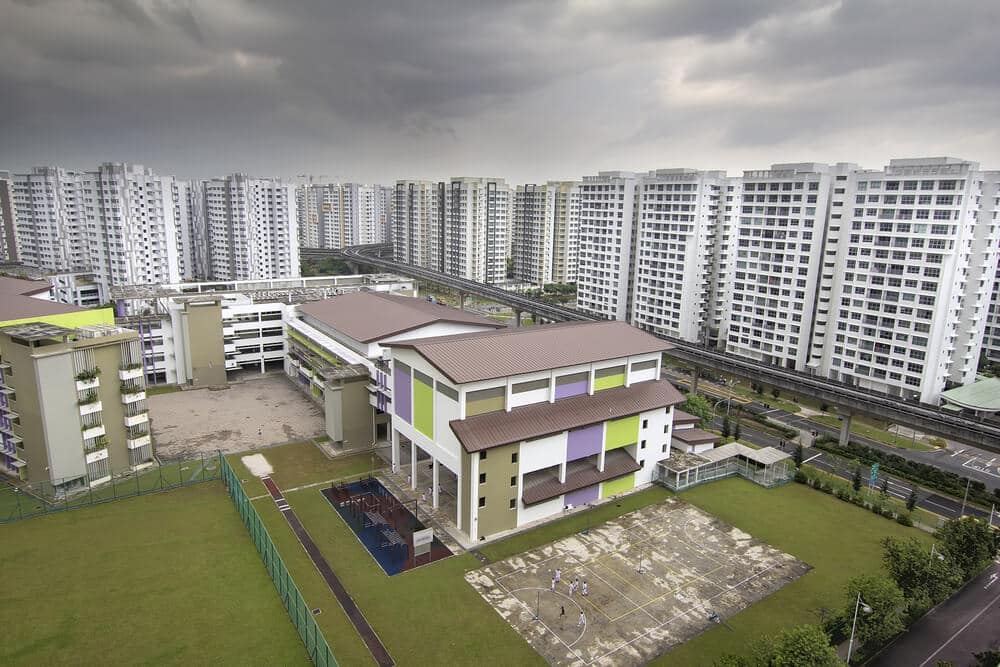
What are the top secondary schools in Singapore?
Singapore has a wide range of top secondary schools that provide excellent educational opportunities.
Some of the top-ranked schools include Dunman High School, Hwa Chong Institution, and Anglo-Chinese School (Independent).
How are secondary schools ranked in Singapore?
Secondary schools in Singapore are ranked based on several criteria, including academic achievement levels and co-curricular activities.
The Ministry of Education also uses a “value-added” approach to school performance, which considers the progress of students over time instead of just their scores.
What criteria are used to assess secondary schools in Singapore?
The MOE assesses secondary schools based on various criteria, including academic excellence, curriculum relevance, facilities, student welfare, and character building.
The MOE also awards schools that have shown excellence with the MOE’s School Excellence Award.
The Significance of the Primary School Leaving Examination (PSLE) Score in Secondary School Selection
What is the PSLE?
The Primary School Leaving Examination (PSLE) is a national examination in Singapore that primary school students take at the end of their sixth year.
Students are tested on their English, Mathematics, Science, and Mother Tongue proficiency.
The PSLE score is a critical factor in determining a student’s eligibility for admission to secondary school.
How does the PSLE score impact secondary school selection in Singapore?
The PSLE score is a significant factor when selecting a secondary school in Singapore.
MOE assigns a cut-off point to each secondary school, which is a minimum admission requirement.
Students are allocated to schools based on their PSLE score and their order of preferences.
This is known as the “Secondary 1 Posting Exercise.
Are there any alternative methods for selecting a secondary school in Singapore?
Alternative methods, including Direct School Admission (DSA), allow students to secure a place in a secondary school before the Secondary 1 Posting Exercise based on their talent in specific areas such as sports, arts, and leadership.
However, the PSLE score still plays a significant role in the admission process.
Choosing the Best Secondary School: Factors to Consider
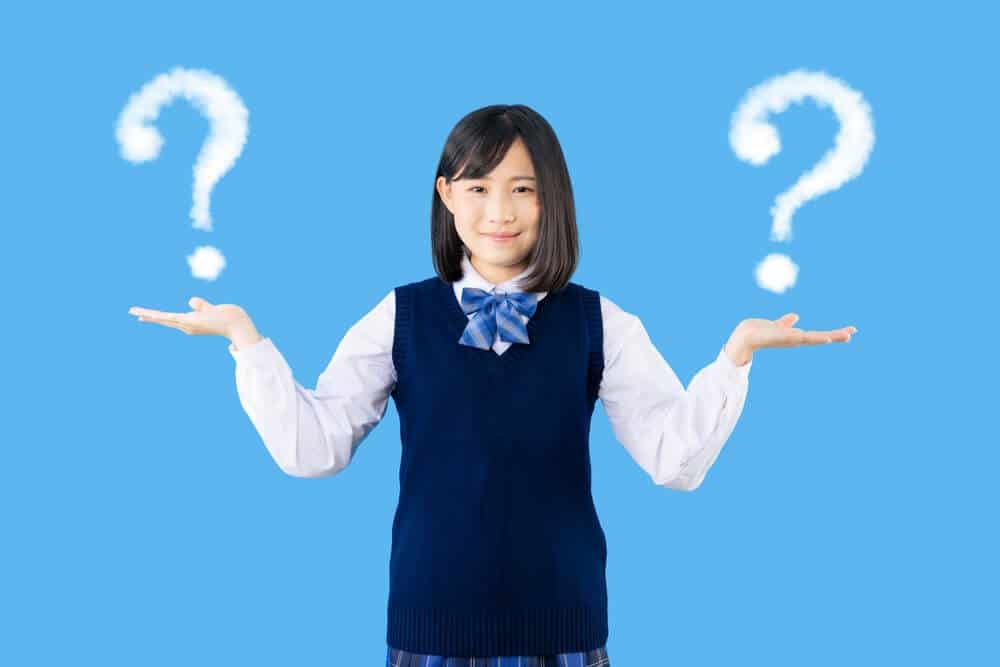
What factors should be considered when choosing a secondary school in Singapore?
Several factors should be taken into consideration when selecting a secondary school, including academic performance, location, facilities, extracurricular activities, teaching staff, and language of instruction.
How important is location when selecting a secondary school?
Location plays a vital role when selecting a secondary school in Singapore, as convenience is crucial.
However, students should also consider other factors, such as accessibility and transportation options.
What is the significance of co-curricular activities in secondary education?
Co-curricular activities are essential to a student’s overall development, including building character, leadership skills, and teamwork.
In Singapore, secondary schools offer a wide range of co-curricular activities, including sports, arts, and community service.
An Overview of Integrated Programmes in Secondary Schools: Benefits and Options
What are integrated programs in Singapore?
Integrated programs are designed for high-achieving students and allow students to complete their secondary and pre-university education in one streamlined and rigorous curriculum.
This pathway eliminates the need for the GCE ‘O’ Level Examination and allows students to progress directly to GCE ‘A’ Level studies instead.
What are the benefits of attending an integrated program?
Attending an integrated program offers several benefits, including advanced learning opportunities, a more comprehensive curriculum, access to top-tier universities, and overseas exchange programs.
What are the different types of integrated programs available in Singapore?
Several types of integrated programs are available in Singapore, including the Integrated Programme, International Baccalaureate Programme, and the NUS High School of Mathematics and Science Programme.
The Role of Special Assistance Plan (SAP) Schools in Singapore’s Education System
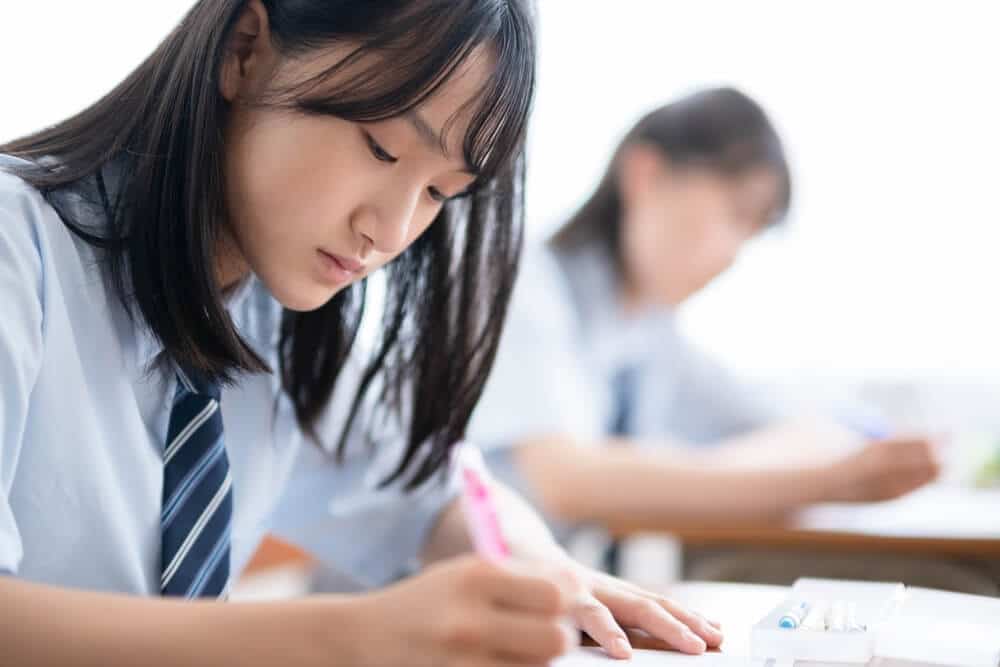
What are SAP schools?
Particular Assistance Plan (SAP) schools are schools that offer bilingual education in both English and a Mother Tongue Language, as well as a curriculum enriched with a solid Chinese or Malay cultural focus.
These schools are considered prestigious and offer a unique educational experience.
What is the significance of attending a SAP school in Singapore?
Attending a SAP school offers students the opportunity to receive a unique educational experience while learning their Mother Tongue Language.
SAP schools are also highly regarded by universities and employers.
How are SAP schools different from regular secondary schools?
SAP schools differ from regular secondary schools as they offer bilingual education in both English and a Mother Tongue Language, a strong cultural focus, and a more comprehensive curriculum.
Spotlight on Dunman High School: A Leading Secondary School in Bukit
What programs does Dunman High School offer?
Dunman High School is a prestigious secondary school in Bukit, offering a comprehensive academic program and many extracurricular activities.
The school strongly emphasizes science, technology, engineering, and mathematics (STEM) programs, as well as a range of humanities and arts offerings.
Is Dunman High School affiliated with any universities?
Dunman High School is affiliated with the National University of Singapore, offering students opportunities for early admission and scholarships.
The school strongly emphasizes preparing students for higher education, with many students pursuing advanced degrees at top universities in Singapore and around the world.
What is the achievement level of students in Dunman High School?
Dunman High School has consistently been ranked among the top secondary schools in Singapore, with a high level of academic achievement among its students.
In addition to academic performance, the school strongly focuses on character development, encouraging students to develop leadership skills and community service initiatives.
Hwa Chong Institution: A Prestigious Secondary School with a Strong Academic Program
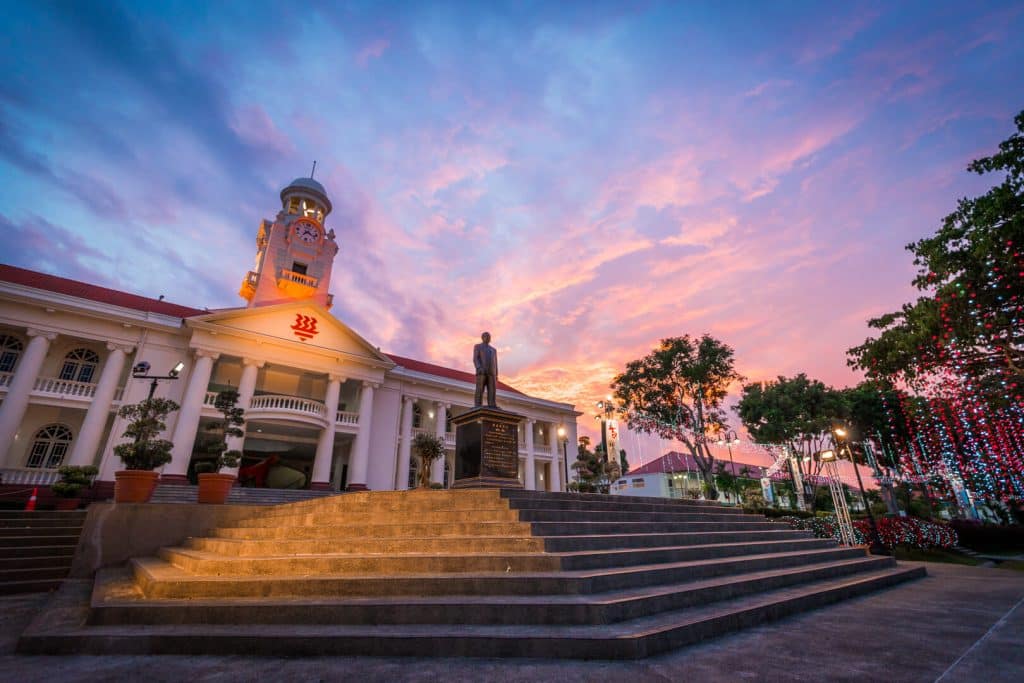
What is the academic program like at Hwa Chong Institution?
Hwa Chong Institution is a prestigious secondary school in Singapore offering a solid academic program focusing on science and mathematics.
The school has a unique approach to education, incorporating cultural and artistic elements in its curriculum to provide a well-rounded education.
Is Hwa Chong Institution an integrated program school?
Hwa Chong Institution is an integrated program offering a six-year curriculum leading to an International Baccalaureate (IB) diploma.
The program is designed to provide students with a challenging and comprehensive education while emphasizing personal growth and community service.
What is the selection process for Hwa Chong Institution?
The selection process for Hwa Chong Institution is highly competitive, with admission based on academic performance and other factors, including extracurricular activities, leadership potential, and character development.
The school also considers the potential impact students can make in the community.
Nanyang Girls’ High School: A Renowned Institution for Girls in Years 5 and 6
What makes Nanyang Girls’ High School unique compared to other secondary schools?
Nanyang Girls’ High School is an independent girls’ secondary school in Singapore, offering a unique program for students in years 5 and 6.
The school has a strong emphasis on leadership and character development, along with academic excellence.
What extracurricular activities are available at Nanyang Girls’ High School?
Nanyang Girls’ High School offers a wide range of extracurricular activities, including sports, arts and culture, and community service initiatives.
The school strongly emphasizes developing well-rounded individuals and encourages students to explore their interests outside of the classroom.
How competitive is the admission process at Nanyang Girls’ High School?
The admission process for Nanyang Girls’ High School is highly competitive, with the school admitting only the most academically gifted and well-rounded students.
Candidates are evaluated based on academic performance, extracurricular activities, and character development, with preference given to those who demonstrate outstanding leadership potential and community service initiatives.
Raffles Girls’ School: A Historical Perspective on Singapore’s Oldest Girls’ Secondary School
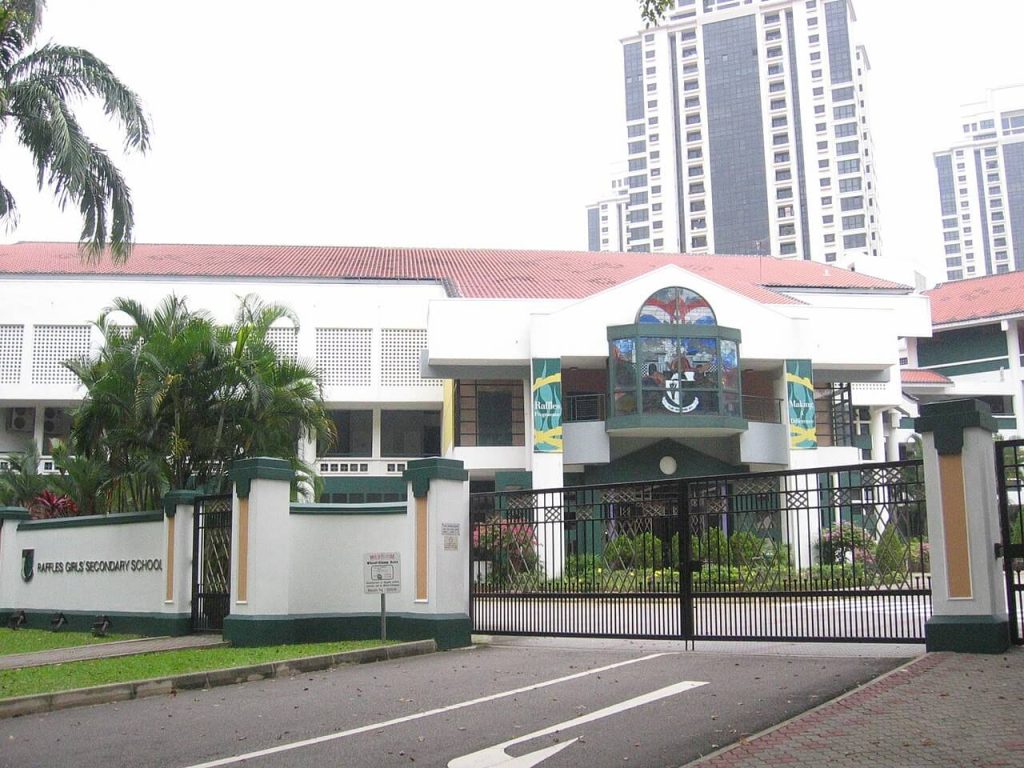
When was Raffles Girls’ School established?
Raffles Girls’ School was established in 1879 and is one of Singapore’s oldest girls’ secondary schools.
The school has a rich history of providing high-quality education to girls from diverse backgrounds.
What is the academic program like at Raffles Girls’ School?
Raffles Girls’ School is known for its rigorous academic program, with a strong emphasis on developing critical thinking and problem-solving skills.
The school offers a wide range of subjects, including humanities, social sciences, and STEM subjects.
What is the admission process at Raffles Girls’ School?
The admission process for Raffles Girls’ School is highly competitive, with the school admitting only the most academically gifted and well-rounded students.
Candidates are evaluated based on academic performance, extracurricular activities, and character development, with preference given to those who demonstrate outstanding leadership potential and community service initiatives.
Exploring Private Secondary Schools in Singapore: Advantages and Considerations
What are some of the advantages of studying in private secondary schools in Singapore?
Private secondary schools in Singapore offer a range of advantages, including smaller class sizes, more individualized attention, and specialized programs.
Private schools also provide students with high academic rigor, preparing them for top universities in Singapore and around the world.
What are the considerations to keep in mind when choosing a private secondary school?
When choosing a private secondary school in Singapore, it is essential to consider factors such as curriculum, facilities, extracurricular activities, and cost.
Parents and students should research the schools thoroughly and visit several before deciding.
What are some of the best private secondary schools in Singapore?
Some of Singapore’s best private secondary schools include Anglo-Chinese School (Independent), Singapore Chinese Girls’ School, and St.
Joseph’s Institution International.
In conclusion, choosing the best secondary school in Singapore can be challenging, but with the proper research and consideration of individual needs, parents and students can find the perfect school for their children.
Whether it be a top-ranked public school or a prestigious private institution, Singapore offers a wide range of options for students seeking a quality secondary education.
NUS High School of Mathematics and Science: A Unique Option for Gifted Students
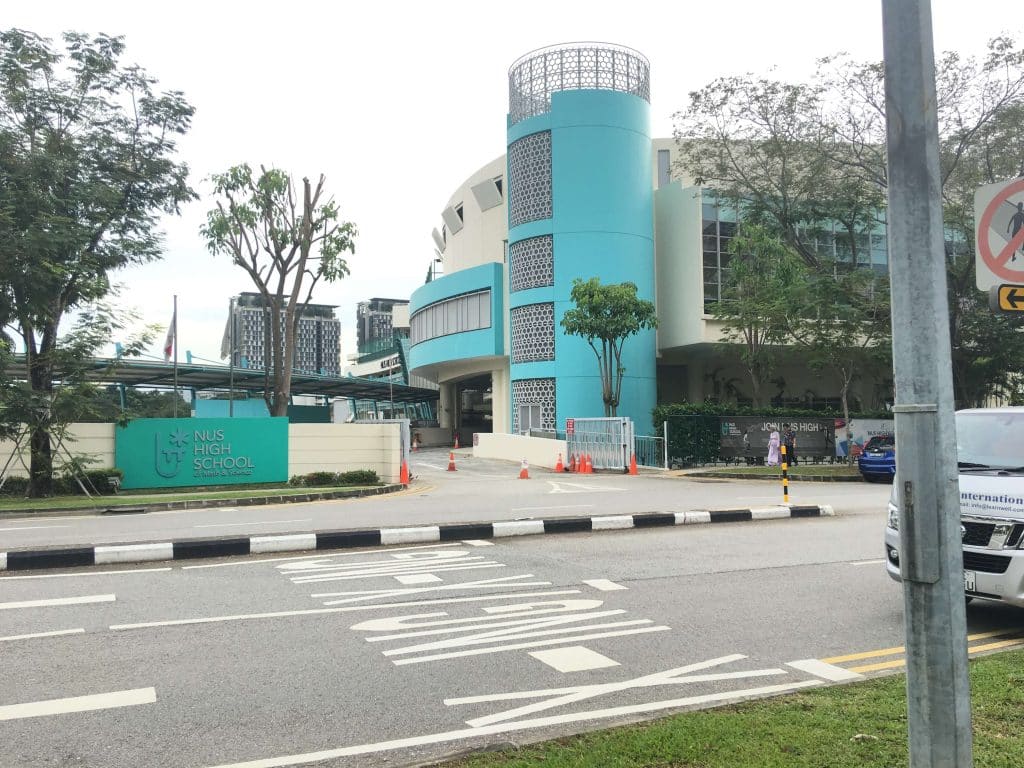
The NUS High School of Mathematics and Science is a specialized independent school that focuses on students with exceptional talents in math and science.
The school opened its doors in 2005 and is widely considered one of the best secondary schools in Singapore, consistently ranking at the top of national-level exams, including the PSLE.
Admissions Criteria and Requirements
The admissions process for NUS High School is highly competitive, and only the top 1% of secondary school graduates in Singapore are eligible to apply.
Students must have an excellent academic record in math and science and strong critical thinking and problem-solving skills.
In addition, applicants must undergo a rigorous selection process, which may include an interview, an entrance test, and submission of essays or research papers.
Program Offerings and Curriculum
The NUS High School offers a comprehensive curriculum that includes rigorous coursework in math and science, as well as humanities, languages, and the arts.
The school also provides an integrated program, allowing students to earn their high school diploma and their bachelor’s degree in only six years.
The program is designed to challenge students and provide them with a strong foundation in critical thinking and problem-solving skills.
Achievement Level and Ranking
The school has consistently ranked as one of the top schools in Singapore and has received numerous accolades for its academic excellence.
NUS High School students have been recognized for their outstanding achievements in math and science competitions, including the Kid’s Lit Quiz in 2018.
The school’s graduates are highly sought after by prestigious universities around the world.
Ministry of Education’s School Excellence Award: Recognizing Singapore’s Top Secondary Schools
The Ministry of Education’s School Excellence Award is a prestigious recognition given to Singapore’s top-performing secondary schools.
The award is given to schools that have demonstrated exceptional academic and non-academic achievements and have made significant contributions to the education sector in Singapore.
Criteria for the School Excellence Award
The criteria for the School Excellence Award include sustained academic and non-academic excellence, innovation in teaching and learning, strong leadership, and strong community engagement.
The award is only given to schools that meet all the criteria and demonstrate a commitment to continuous improvement.
List of Schools that Received the Award
Some of the schools that have received the School Excellence Award in recent years include Hwa Chong Institution, Dunman High School, and the Singapore Chinese Girls’ School.
These schools are widely considered some of the top secondary schools in Singapore and have consistently ranked at the top of national-level exams.
How Ranking is Determined
The ranking of secondary schools in Singapore is determined based on a variety of factors, including PSLE score, academic performance, and non-academic achievements.
The Ministry of Education also evaluates schools based on their leadership, teaching quality, and community involvement.
The ranking is intended to provide parents with a comprehensive view of the quality of education offered by each school and help them make informed decisions about their child’s education.
The Direct School Admission (DSA) Process: How to Secure a Spot in Your Preferred Secondary School
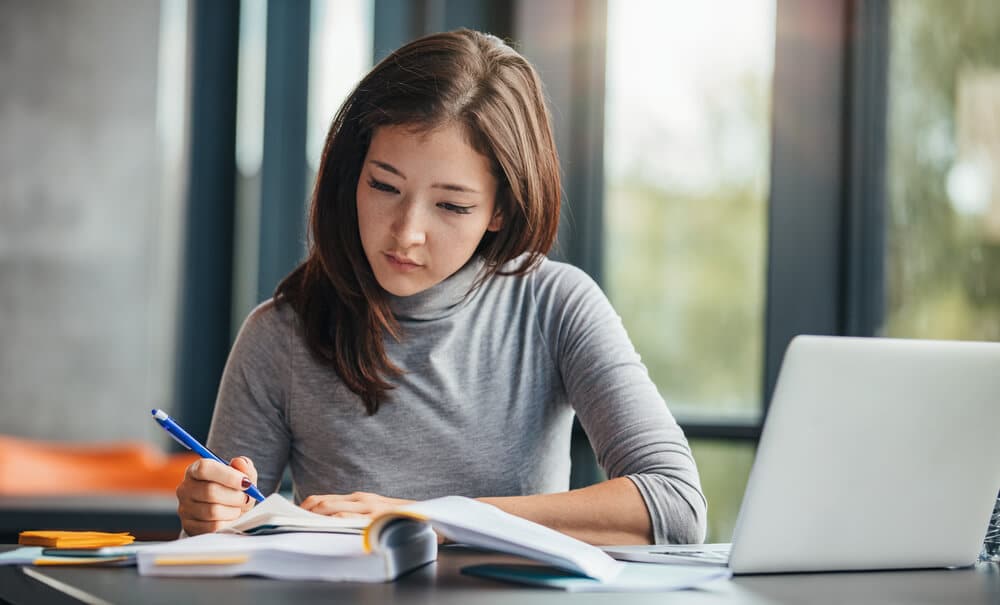
The DSA process allows students to secure a spot in their preferred secondary school based on their talents and achievements outside of academics.
This process will enable students to bypass the centralized admissions process and secure a spot in their preferred school based on their merits.
Eligibility and Criteria for DSA
To qualify for DSA, students must be Singapore citizens or permanent residents and have a strong record of achievement in a particular skill or talent, such as sports, music, or leadership.
The DSA process is highly competitive, and schools typically require applicants to undergo a rigorous selection process, which may include interviews, auditions, or skills assessments.
How to Apply for DSA
The application process for DSA typically opens in June, and interested students can apply directly to their preferred school.
Students must submit a completed application form and any supporting documents or evidence of their achievements or talents.
Schools may also require applicants to attend an interview or audition to assess their ability and suitability for the program.
Preparing for the DSA Interview
Preparing for the DSA interview is crucial to ensure your child can effectively communicate their talents and achievements to the school.
Parents can help their children prepare by researching the school’s program and familiarizing themselves with the school’s culture and values.
Practicing interview skills and preparing answers to common interview questions is vital.
Ensuring a Smooth Transition: Supporting Your Child’s Journey from Primary to Secondary School
The transition from primary to secondary school can be challenging for students as they navigate new academic, social, and emotional challenges.
However, with the proper preparation and support, parents can help their children succeed in secondary school.
Preparing Your Child for Secondary School Academics
Secondary school academics will be more rigorous and challenging than primary school academics, and students may need extra support to adapt to the new expectations.
Parents can help their children prepare by establishing good study habits, encouraging them to seek help when needed, and helping them set realistic academic goals.
Managing Emotional and Social Challenges
Secondary school is also when students may struggle with emotional and social challenges, such as bullying or peer pressure.
Parents can help their children by teaching them to manage their emotions, building self-confidence, and encouraging them to seek help or support.
Choosing the Right Secondary School for Your Child
Choosing the right secondary school for your child is the most critical step in ensuring their success in secondary school.
Parents should consider their child’s strengths and interests, the school’s academic and non-academic programs, and the school’s culture and values.
By taking the time to do their research and make informed decisions, parents can help their children achieve success in secondary school and beyond.
Conclusion
In conclusion, choosing the best secondary school in Singapore is crucial for a student’s success.
Consider factors like academic performance, location, facilities, and extracurricular activities.
Renowned schools like Dunman High School, Hwa Chong Institution, Nanyang Girls’ High School, and Raffles Girls’ School offer exceptional programs.
The NUS High School of Mathematics and Science is known for its specialized curriculum.
The School Excellence Award recognizes top-performing schools.
Support your child’s transition by choosing wisely.
Frequently Asked Questions
What are some of the best secondary schools in Singapore?
Some of the best secondary schools in Singapore include Nanyang Girls High School, Raffles Institution, and Hwa Chong Institution.
How is the ranking of secondary schools in Singapore determined?
The ranking of secondary schools in Singapore is primarily based on their performance in the PSLE (Primary School Leaving Examination), taken by students at the end of their primary school education.
The level of achievement attained by a school’s students in the PSLE significantly impacts its ranking.
What is the secondary school ranking for 2022?
The secondary school ranking for 2022 has yet to be released.
What is the best secondary school in Singapore for 2023?
The best secondary school in Singapore for 2023 cannot be accurately predicted as the ranking is based on the performance of the school’s students in the PSLE for that year.
How does the performance of students in the PSLE affect a school's ranking?
The performance of students in the PSLE plays a significant role in determining a school’s ranking.
Schools with higher PSLE scores have a better order than schools with lower PSLE scores.
How many secondary schools are there in Singapore?
There are over 150 secondary schools in Singapore.
What is the significance of the 2022 PSLE about secondary school ranking?
The 2022 PSLE will play a significant role in determining the secondary school ranking for that year.
What makes Nanyang Girls High School one of the best secondary schools in Singapore?
Nanyang Girls High School is one of the top secondary schools in Singapore based on its performance in the PSLE and its overall academic excellence.
The school is also one of Singapore’s oldest girl’s secondary schools.
What is the NUS High School Diploma?
The NUS High School Diploma is a diploma awarded to students who have completed their secondary education at NUS High School of Mathematics and Science, one of the few independent private schools in Singapore that provides secondary education for gifted boys and girls in science and mathematics, with a focus on the application of these subjects to real-world issues.


